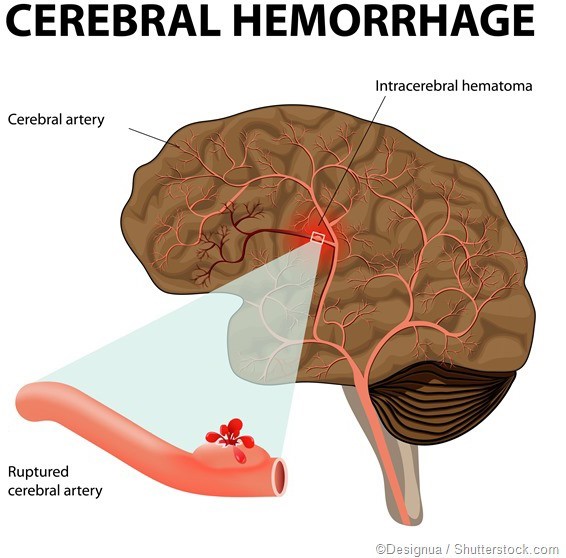A patient has a serum phosphate level of 2.0 mg/dL. Which treatments should the nurse expect to be prescribed for this patient? Select all that apply.
Normal saline.
Potassium phosphate.
Additional milk intake.
Increased Vitamin D intake.
Correct Answer : B,C,D
The correct answers are Choices B, C, and D.
Choice A rationale: Normal saline is not typically used to treat low phosphate levels. It is often used to treat dehydration and electrolyte imbalances that do not include hypophosphatemia.
Choice B rationale: Potassium phosphate is used to treat low phosphate levels. It directly supplements phosphate levels in the body, making it an appropriate treatment for hypophosphatemia.
Choice C rationale: Additional milk intake can help increase phosphate levels, as milk is a good source of phosphate. This is a suitable recommendation for a patient with low phosphate levels.
Choice D rationale: Increased Vitamin D intake can enhance phosphate absorption from the gastrointestinal tract, making it a beneficial treatment for a patient with low phosphate levels.
Nursing Test Bank
Naxlex Comprehensive Predictor Exams
Related Questions
Correct Answer is A
Explanation
Choice A rationale: Patients with bulimia are at increased risk for developing metabolic alkalosis due to recurrent vomiting, which leads to loss of hydrochloric acid from the stomach and results in an elevated blood bicarbonate level.
Choice B rationale: Patients with COPD are more likely to develop respiratory acidosis due to retention of carbon dioxide, not metabolic alkalosis.
Choice C rationale: Patients with venous stasis ulcers do not have a direct association with metabolic alkalosis.
Choice D rationale: Patients on dialysis are more likely to experience metabolic acidosis due to impaired kidney function and inability to excrete acid effectively.
Correct Answer is B
Explanation
Cerebral bleeding. Choice A rationale:
Stress fractures are not directly related to hypernatremia. Hypernatremia is an electrolyte imbalance, and its main effects are related to cellular dehydration and neurological symptoms rather than bone fractures.
Choice B rationale:

This is the correct answer because hypernatremia can lead to severe dehydration and cause neurological complications, including cerebral bleeding. The brain cells can shrink due to water loss, causing blood vessels to rupture, leading to bleeding in the brain.
Choice C rationale:
Atrial dysrhythmias are not directly associated with hypernatremia. Hypernatremia primarily affects the central nervous system and can lead to neurological symptoms rather than cardiac dysrhythmias.
Choice D rationale:
Pulmonary edema is not a likely consequence of hypernatremia. Pulmonary edema is associated with fluid volume excess, not fluid volume deficit, which is characteristic of hypernatremia.
Whether you are a student looking to ace your exams or a practicing nurse seeking to enhance your expertise , our nursing education contents will empower you with the confidence and competence to make a difference in the lives of patients and become a respected leader in the healthcare field.
Visit Naxlex, invest in your future and unlock endless possibilities with our unparalleled nursing education contents today
Report Wrong Answer on the Current Question
Do you disagree with the answer? If yes, what is your expected answer? Explain.
Kindly be descriptive with the issue you are facing.
